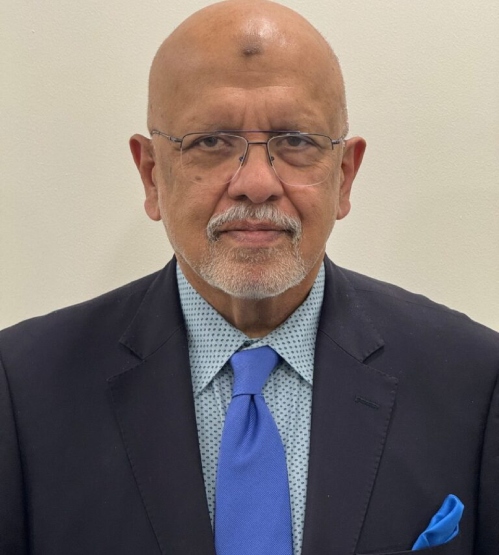- Rehan Ahmed
- 11 Hours ago

Amid TTP leadership shake-up, why might Karachi lurk in shadows?
The Tehreek-e-Taliban Pakistan’s (TTP) recent announcement of regional leadership, conspicuously omitting Karachi, has ignited anxieties about the group’s expanding reach and its intentions for the country’s economic hub.
TTP chief Mufti Noor Wali on Thursday announced regional leadership appointments through Umar Media, mirroring the Afghan Taliban’s organisational structure. While regions in Khyber Pakhtunkhwa, Punjab, Balochistan, and Gilgit Baltistan gained leadership figures, Karachi was conspicuously absent. This strategic omission raises critical questions: is the TTP facing challenges in Karachi, using the city as a refuge and fundraising base, or viewing it as a prospective target for renewed violence?
“TTP is deliberately maintaining secrecy around its leadership structure in Karachi,” said a senior counter-terrorism officer, requesting anonymity. “They likely see it as a safe haven for recruiting, fundraising, and operating without scrutiny.”
Experts agree, highlighting Karachi’s strategic importance for finance, logistics, and potential escape routes. “Karachi offers TTP resources, recruits, and escape routes,” explains Muhammad Amir Rana, head of the Pakistan Institute of Peace Studies. “Keeping their operations opaque makes them harder to track.”
The TTP’s lack of major attacks in Karachi, except for last February’s assault on the police headquarters, further fuels speculation. Unlike Khyber Pakhtunkhwa and Balochistan, which have witnessed a surge in TTP attacks since the Afghan Taliban takeover, Karachi has remained relatively calm. This could be a deliberate lull, a prelude to a more aggressive strategy, or simply a reflection of the effectiveness of law enforcement efforts.
The TTP’s history in Karachi is complex. The city has served as a refuge for TTP militants fleeing military operations in various KP and former tribal regions, including Swat, South Waziristan, Bajaur, and Mohmand since 2009, and aligning with existing jihadi groups in the port city. Within a few years, the group had built a strong presence in Karachi, reshaping the city’s established network of competing criminal, ethnic, and political armed groups. Across Karachi, TTP militants ran extortion rackets, killed political rivals, and carried out bloody attacks on security forces.
However, subsequent operations by paramilitary Rangers and the Counter-Terrorism Department have dealt blows to the TTP, killing and arresting commanders and forcing others to flee to Afghanistan.
“This might explain the TTP’s reluctance to announce leadership in Karachi, fearing a strong security response,” said Muhammad Zada, a Pashtun trader who was threatened by the TTP in 2014 to pay extortion. Wali, the TTP’s current chief, previously headed the Karachi chapter, highlighting the group’s deep-rooted connection to the city. His book, “Inqilab-e-Mehsud,” even acknowledges the losses inflicted by security forces in Karachi.
The TTP’s silence on Karachi leadership could be a calculated move to avoid provoking a strong response. By keeping their structure opaque, they may seek to operate with greater anonymity and flexibility.
Officials agree that the lack of clarity around TTP leadership in Karachi poses significant challenges for law enforcement agencies. “Intelligence gathering and targeted operations become more difficult without identified figures,” the Karachi-based counter-terrorism official said.
Whatever the TTP’s motives, the lack of transparency surrounding their Karachi operations adds a layer of uncertainty to the already complex fight against terrorism in Pakistan. The city’s strategic importance and the TTP’s history in the region make it a potential flashpoint, demanding continued vigilance and effective counter-terrorism strategies.





